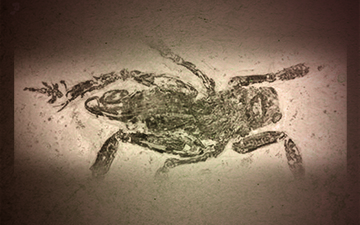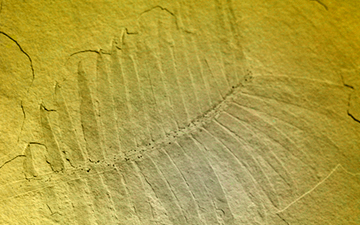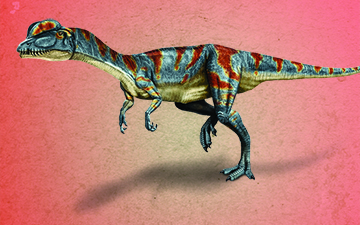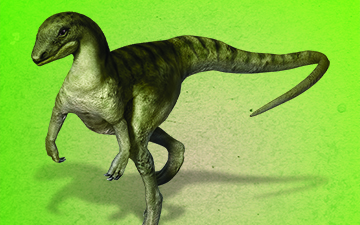Cards
(QUICK LINKS: Decks | plants | mammals | birds | | reptiles | fish | cephalopoda | insects | microbe | events
( scientist | project | modifier | technique |)

Bush Cricket
Archaboilus musicus


1 POINTS
Play: This cricket had a MOVE of 1.
Fact: It is believed that the male produced musical songs tuned at a frequency of 6.4 kHz. It fed on leaves and other insects.

Ratfish, Rabbitfish
Ischyodus


2 POINTS
Play: Ischyodus had a MOVE of 2.
Fact: The long spine attached to the dorsal fin of the Ischyodus may have been venomous. It preyed on small SHRIMP, claims, snails, crabs, etc.

Cycads
Cycads


2 POINTS
Fact: This type of plant is one of the first colonizers of terrestrial habitats, known to have lived in the Permian era over 200 million years ago.

Dilophosaurus
Dilophosaurus


8 POINTS
Play: Dilophosaurus had a MOVE of 2.
Fact: With its curling fingers, it was able to grasp prey and hold it tight while its powerful claws could tear meat from both living flesh and dead carcasses.

Anaethalion Angustus
Anaethalion Angustus


7 POINTS
Play: Anaethalion had a MOVE of 2.
Fact: This fish fed on small crustaceans, insect larvae and other small animals. It also appeared to move to the sea as young adults to feed on other fish.

Agilisaurus
Agilisaurus


4 POINTS
Play: Agilisaurus had a MOVE of 2.
Fact: Nicknamed “Agile Lizard” due to its long lower leg bones, this dinosaur weighed about as much as a cocker spaniel.